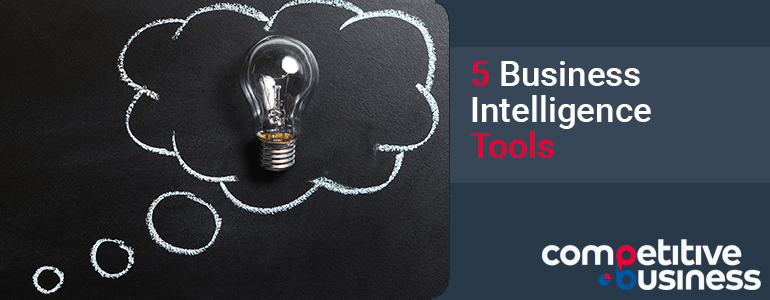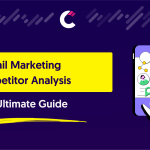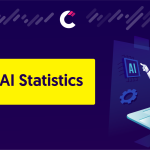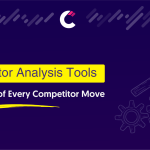In today’s increasingly competitive world, using business intelligence to understand the inner workings of your business in detail is what will propel you above your competition. But choosing the business intelligence tool that will work best for your business can be a long-winded and complicated process. The business intelligence market has boomed in recent years, and there’s a great many tools out there that promise to cater to your business’ every need. To help with your decision, we’ve collated a list of business intelligence tools that we believe are best in class.
Business intelligence: a definition
First things first, business intelligence (BI) is a term used to describe a broad range of different technology, applications, and the collection of business information. Current and historical business information can be collected and stored, usually in a data warehouse or data lake, and then used to inform future business decisions and daily operations. Of course, this can help businesses work more efficiently and make more informed decisions.
Because of its value and use to an organization, a great many business intelligence tools have been developed and marketed. The trick for business owners is to understand which ones work best.
Business intelligence software: our top picks
Sisense: This nifty piece of BI software allows you to collate, analyze, and quickly view business data in a user-friendly interface. The Sisense dashboard is incredibly easy to use, with a drag-and-drop function that even the most tech-phobic person can get their head around. All critical business data can be seen almost instantly – very helpful for timely decision making!
Tableau: Sifting through the masses of data produced by businesses every day is an impossible task. Tableau allows people to create clear and stunning data visualizations with little to no prior programming knowledge. Tableau can plug into several different data sources, bringing everything together into one visual place that can then be shared and published.
Domo: Domo offers business leaders the ability to view real-time data on a single dashboard, with multiple graphics and the ability to create personalized models. There are also trend indicators and sparklines, which makes snap decision making much more informed. To help get a second opinion, there’s also the ability to share with others and make PowerPoint-style slides from it.
Qlik Sense: If you’re short on time, Qlik Sense will automatically create custom dashboards and reports. It works with businesses of all sizes, from global companies to sole traders. Qlik Sense is also one of the faster business intelligence tools, as it compresses any data inputted to up to 10% of its original size. For on-the-go decision making, Qlik Sense comes in a mobile version as well.
Woopra: Customers should make a key part of all business decision making, and Woopra makes this easy by analyzing customer behavior across different devices and platforms. It creates highly detailed visual customer profiles, which can be customized for several industries, including travel, finance, retail, and media.
Choosing a business intelligence tool
The above competitive intelligence software is only a small selection of the myriad tools available to businesses. When trying to find the right competitive intelligence app for your company, it can be useful to list all of your ‘must-have’ features, all ‘nice-to-have’ features, and features that you’ll never really use. You should also consider how many people in your organization will need to have access to the tool and their level of technical expertise. Lastly, don’t be afraid to ask to try a free demo of a business intelligence tool and see how well it works for your business in real life.
Business intelligence is a must for all modern businesses. But you do have to be smart when choosing the right business intelligence software. If you go wrong, it could be a time-consuming and costly affair that may also put your employees off using a business intelligence tool ever again. So choose wisely.








